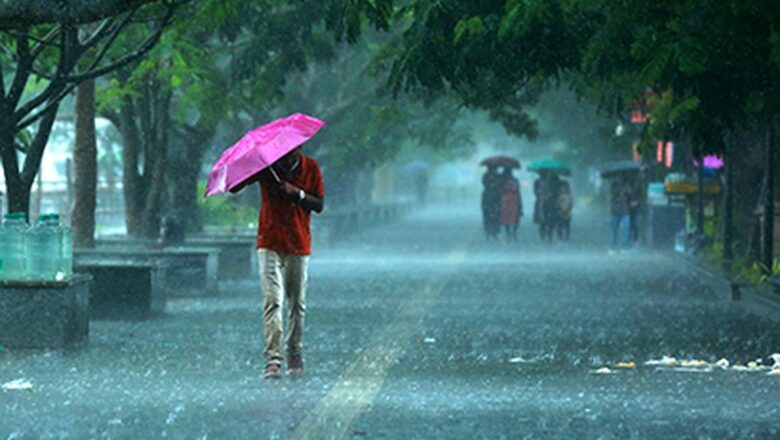
Europe Faces €28.3 Billion in Annual Agricultural Losses Due to Climate Change 70% Uninsured: Study
A new report reveals that climate change is causing direct and escalating damage to Europe’s agriculture, with annual losses averaging €28.3 billion roughly six per cent of the continent’s total agricultural and livestock output. Startlingly, nearly 70 per cent of these climate-related losses are uninsured or uncompensated, leaving farmers financially exposed to disasters like droughts, floods, and hailstorms.
Published jointly by the European Investment Bank (EIB) and the European Commission the report marks the first comprehensive review of agricultural insurance systems across all 27 EU member states. It paints a grim picture: unless rapid reforms are enacted, uninsured losses in European agriculture could rise from 42 per cent to as high as 66 per cent by 2050.
Insurance and risk...









